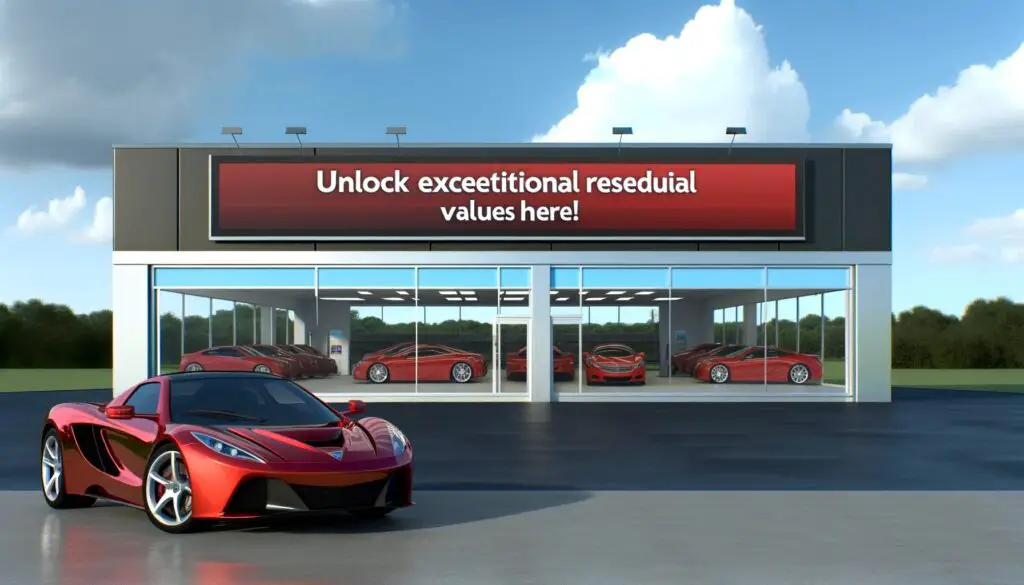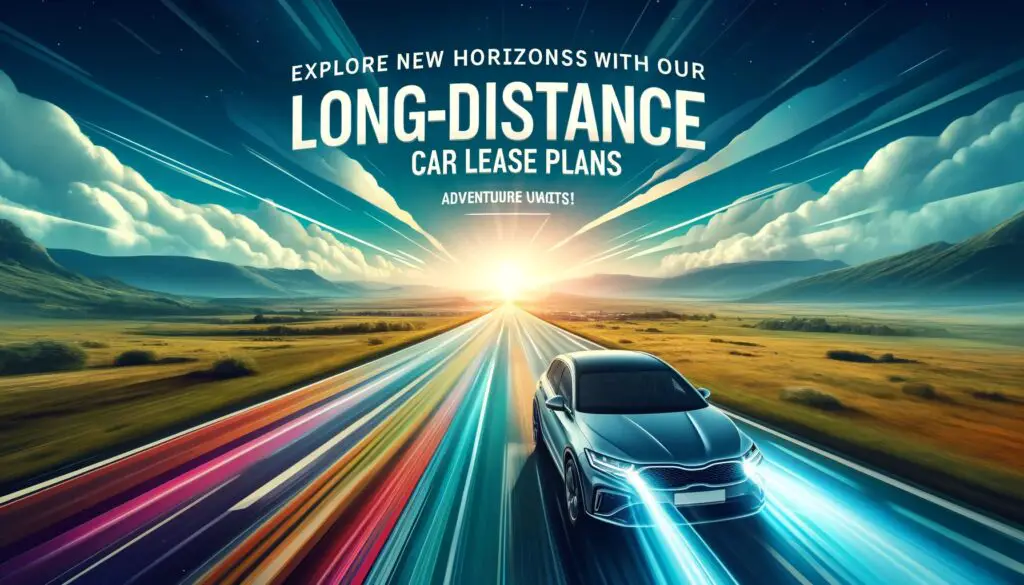Car leasing has become a popular option for individuals seeking flexibility and affordability in vehicle ownership. However, managing lease payments efficiently is crucial to ensure financial stability and maximize savings. In this comprehensive guide, we delve into the intricacies of car lease payments, debunk common misconceptions, and present strategic approaches to significantly reduce expenses.
Understanding Car Lease Payments
Factors Influencing Lease Payments
Lease payments are influenced by various factors, including:
- Car Value: The initial value of the leased vehicle significantly impacts monthly payments. Higher valued cars typically incur higher lease costs.
- Interest Rates: The interest rate, also known as the money factor, affects the overall lease cost. Lower interest rates translate to lower monthly payments.
- Mileage Allowances: Lease agreements specify mileage limits, with excess mileage incurring additional charges. Opting for higher mileage allowances can affect payment amounts.
- Depreciation: Lease payments reflect the vehicle’s depreciation over the lease term. Understanding depreciation rates is crucial in estimating monthly costs accurately.
Explanation of Lease Payment Calculations
Lease payments are calculated based on the vehicle’s depreciation, finance charges, taxes, and other fees. The formula typically includes the difference between the car’s initial value and its residual value at the end of the lease, divided by the lease term.
Common Misconceptions about Lease Payments
Addressing Myths about Drastically Reducing Lease Payments
- The Notion of Slashing Payments in Half: While it’s possible to reduce lease payments significantly, achieving a 50% reduction is often unrealistic and requires careful negotiation and strategic planning.
- Realistic Expectations for Savings: Setting realistic expectations is crucial when aiming to reduce lease payments. While substantial savings are attainable, they may vary depending on individual circumstances and negotiation skills.
Strategies to Save Money on Car Lease Payments
Negotiating Lease Terms
Negotiation plays a pivotal role in securing favorable lease terms. Tips for effective negotiation include:
- Researching current market trends and lease incentives.
- Emphasizing loyalty or repeat business to leverage better deals.
- Remaining firm on desired terms while remaining open to compromise.
Considering Shorter Lease Terms
Shorter lease terms often result in higher monthly payments but can lead to long-term savings. Benefits include:
- Reduced exposure to maintenance costs as the vehicle remains under warranty.
- Opportunity to upgrade to newer models more frequently.
Increasing Down Payment
Increasing the initial down payment can lower monthly lease payments by reducing the amount financed. Factors to consider include:
- Assessing available funds and determining an appropriate down payment amount.
- Weighing the impact of a larger down payment on overall financial stability.
Choosing a Less Expensive Car
Opting for a less expensive vehicle can significantly reduce lease payments. Considerations include:
- Prioritizing essential features over luxury amenities.
- Exploring affordable yet reliable vehicle options from reputable manufacturers.
Advanced Strategies for Lease Payment Reduction
Understanding Lease Incentives and Special Offers
Manufacturer incentives and dealer promotions can provide substantial savings on lease payments. Maximizing benefits involves:
- Researching current incentives and special lease offers.
- Negotiating effectively to capitalize on available discounts and rebates.
Negotiating Mileage Allowances
Negotiating mileage terms tailored to individual needs can prevent excess mileage charges. Steps to optimize mileage allowances include:
- Assessing typical driving habits and estimating annual mileage.
- Negotiating higher mileage limits or exploring mileage rollover options.
Exploring Lease Assumption or Transfer Options
Lease assumption or transfer allows lessees to transfer their lease to another individual. Considerations include:
- Understanding the lease transfer process and associated fees.
- Evaluating potential savings and risks involved in lease assumption.
Long-Term Cost Management for Leased Vehicles
Importance of Budgeting for Additional Expenses
Budgeting for additional expenses is essential to avoid financial strain during the lease term. Considerations include:
- Identifying potential costs such as excess wear and tear charges or lease-end fees.
- Implementing proactive budgeting strategies to account for unforeseen expenses.
Regular Maintenance for Cost Savings
Regular maintenance is crucial for minimizing long-term lease costs. Cost-saving maintenance practices include:
- Adhering to manufacturer-recommended service schedules to prevent costly repairs.
- Performing routine inspections and addressing issues promptly to maintain vehicle condition.
Addressing FAQs about Car Lease Payments
- Can lease payments be significantly reduced?Yes, lease payments can be reduced through negotiation, opting for shorter terms, and exploring incentives and special offers.
- How does negotiation affect lease payments?Effective negotiation can lead to lower interest rates, reduced fees, and favorable lease terms, resulting in decreased monthly payments.
- Is it better to lease for a shorter or longer term?Shorter lease terms often yield higher monthly payments but may result in long-term savings due to reduced maintenance costs and the ability to upgrade to newer models more frequently.
- What role does down payment play in lease payments?A higher down payment reduces the amount financed, resulting in lower monthly lease payments.
- Are there any risks associated with lease transfers?Risks include potential liability for damages and lease violations if the new lessee fails to meet contractual obligations.
- How can I budget effectively for a leased vehicle?Effective budgeting involves identifying potential expenses, estimating costs, and implementing proactive financial planning strategies.
- What happens if I exceed my mileage allowance?Exceeding mileage allowances typically incurs additional charges, either per mile or as a lump sum at lease-end.
- Are there any hidden costs associated with car leasing?Hidden costs may include excess wear and tear charges, lease-end fees, and penalties for early termination.
- Can leasing a used car reduce monthly payments?Yes, leasing a used car may result in lower monthly payments compared to leasing a new vehicle due to depreciation factors.
- How can I determine if leasing is the right option for me?Assessing individual preferences, budgetary constraints, and lifestyle needs can help determine whether leasing aligns with one’s circumstances and goals.
In conclusion, mastering car lease payments involves understanding key factors influencing costs, implementing strategic approaches to reduce expenses, and adopting long-term cost management strategies. By leveraging negotiation tactics, exploring incentives, and prioritizing budgeting, individuals can slash their car lease payments in half and achieve financial efficiency and flexibility.





